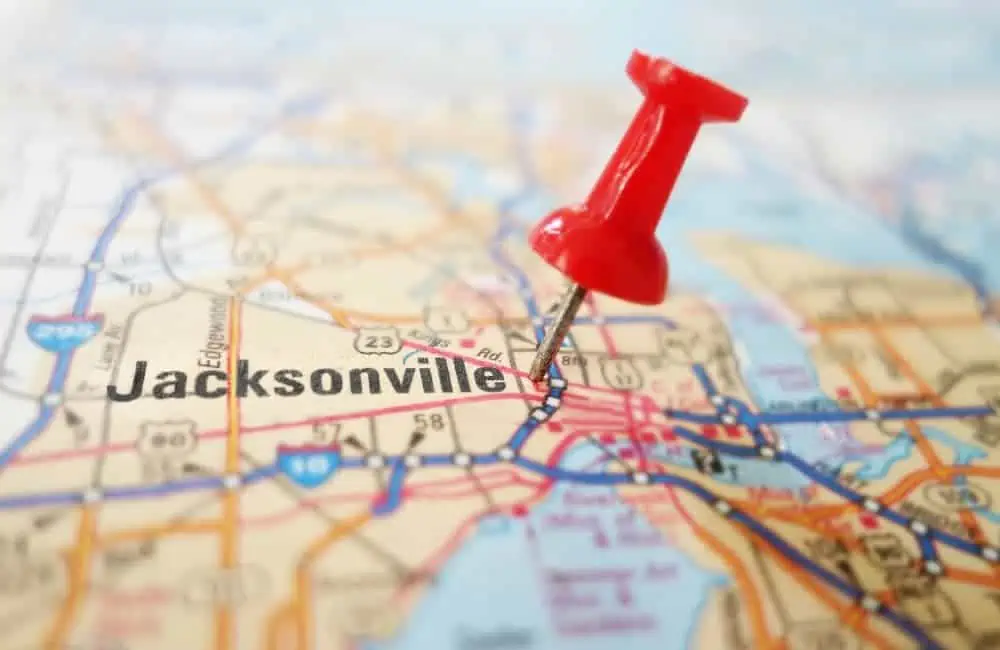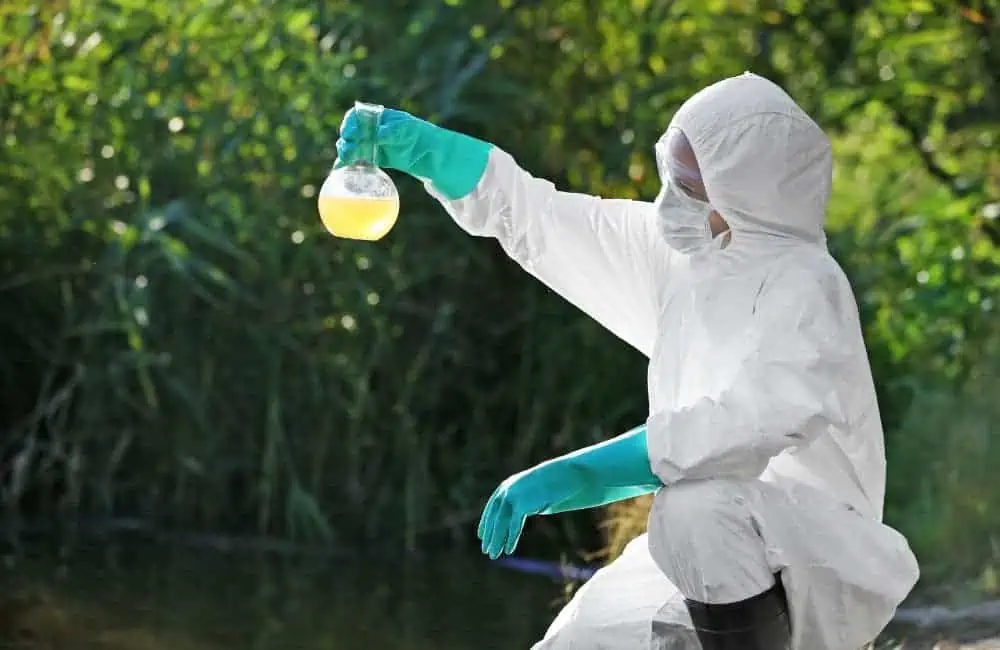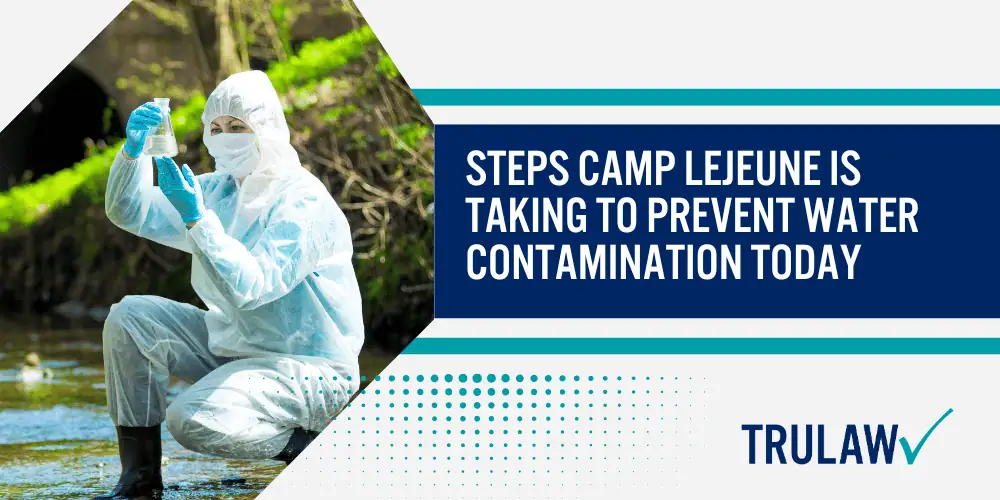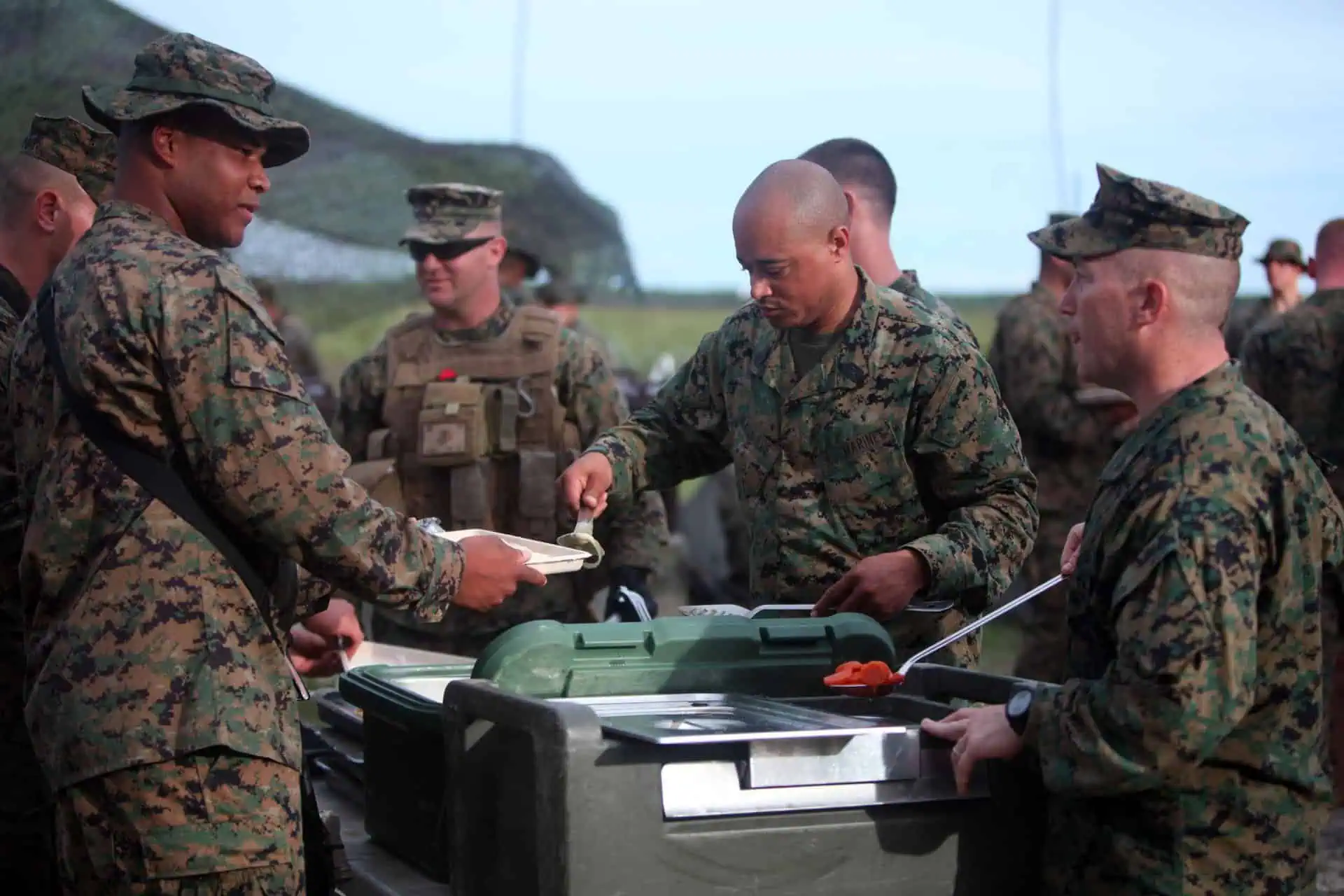The Agency for Toxic Substances and Disease Registry (ATSDR) estimates that hazardous chemicals began appearing in the water system at the Hadnot Point water treatment facility on the base around 1953.
The ATSDR further estimates that chemical contamination began to occur at the Tarawa Terrace water treatment plant beginning in 1957.
Contaminated wells at these two plants were a primary source of drinking water contamination at Camp Lejeune.
PCE, or tetrachloroethylene, was the main chemical compound found at the Tarawa Terrace water treatment facility.
The source of the contamination was found to be an off-base dry cleaner.
PCE is often used for dry cleaning purposes.
The company had improperly disposed of its chemical waste, which allowed it to seep into the groundwater.
The main chemical found at the Hadnot Point treatment facility was TCE, or trichloroethylene.
The ATSDR determined that there were numerous potential sources for the TCE found at Hadnot Point.
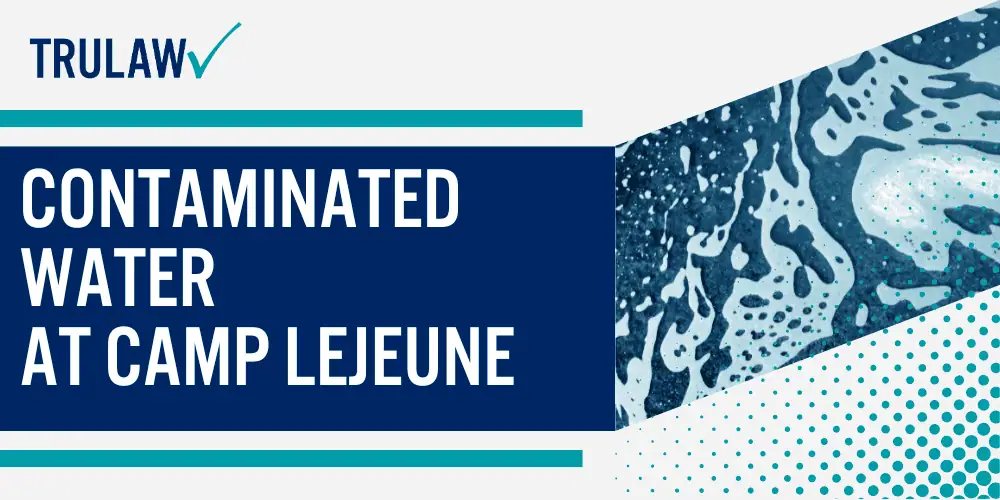
Resources likely included leaking underground tanks, hazardous waste disposal areas, and industrial spillage.
Other chemicals, including PCE, DCE (dichloroethylene), vinyl chloride, and benzene, were also found at Hadnot Point.
Water wells near possibly contaminated sites were tested between 1982 and 1984.
In early 1985, ten wells were retired on the same day after it was determined that they were affected by chemicals like PCE and TCE.
